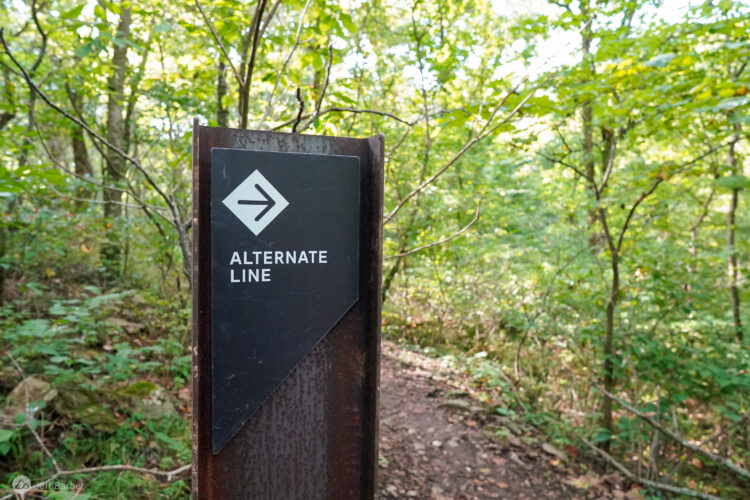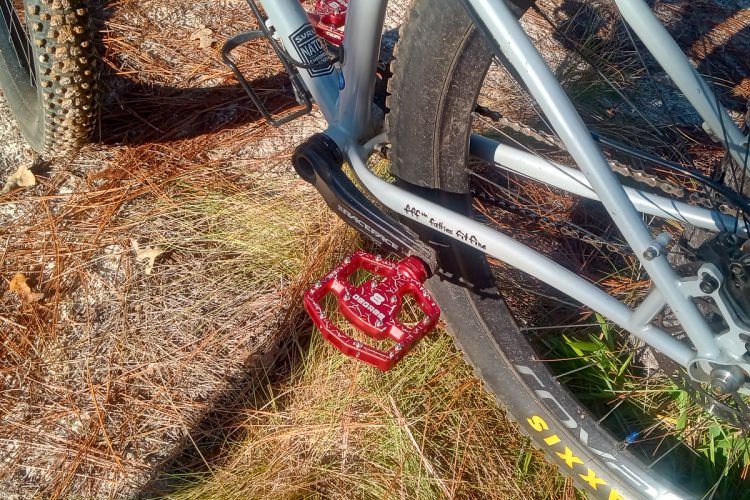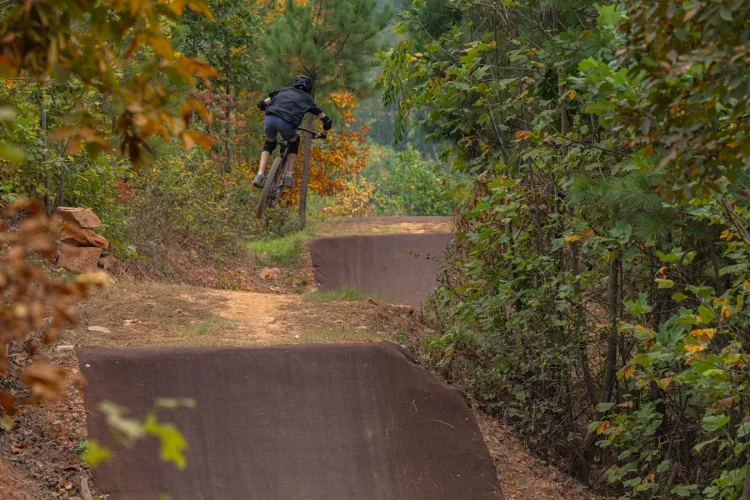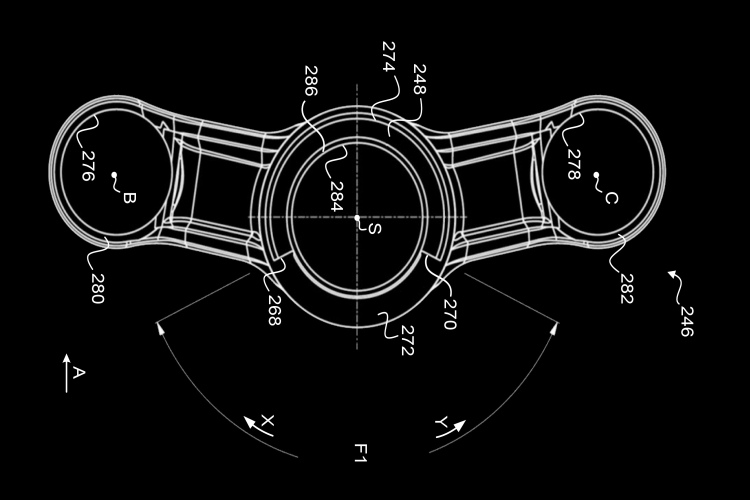Mountain biking is a beautiful sport. It’s hard to beat the rush of adrenaline and euphoria felt while bobbing and weaving through the trees on fast singletrack, cleaning a tough technical section of trail, or finally working up the balls to ride that drop you’ve been eyeing for days, weeks, or maybe even longer.

Even the bike itself is beautiful, and every mountain biker loves their bike.
This is my bike. There are many like it, but this one is mine.
Part of the beauty is its simplicity. Even dual suspension models are really pretty basic machines as far as the actual mechanisms at work. Modern design, materials, and technology have taken this basic system of structures and mechanics to a new level. Bikes are lighter, stronger, and more durable than ever before.
We lust over these machines. Read reviews, compare specs, test ride, and save our pennies.

And yet every ride, we slowly grind our bikes down, wear them out. Dust to dust. It’s the nature of our sport. By riding a mountain bike the way it was designed to be ridden, you accept that every ride puts more wear and tear on it. Some of the wear is minor, superficial, and expected. Paint scratches. Bolt heads rust. Knobby tires slowly turn to slicks.

Some wear and tear is a bit more substantial, and accidents can cause all sorts of trouble. Chainring teeth are ground down, and slowly start to resemble shark fins, incapable of gripping the chain or transferring your power to the rear wheel. Rims bend. Spokes break. Frames are dented. Chains break. Saddle covers rip. Grips are ground smooth. Brake pads are reduced to dust.

Spending more money on nicer parts sometimes means they will last longer. Bearings are better protected, parts are stronger, things are built to higher tolerances, designed to have a longer fatigue life through either geometry or materials, or both. But a higher cost doesn’t guarantee anything. While ripping your derailleur off, the rough stick doesn’t care how old or expensive your parts are. It could be a brand new $300 SRAM XX1 derailleur you just installed the night before, or a six-year-old Shimano Deore. It’s all the same to the stick.

Some parts never get the chance to wear out; they’re destroyed long before their useful lifespan is up, and not always in predictable ways like the derailleur mentioned above. If you’ve been riding long at all you know that derailleurs are usually broken before being worn out. But there are also other things that conspire to destroy your bike.
You could get in a car wreck on the way to the trailhead. Your bike could get run over at the trailhead. Crashes kill brake levers, saddles, and shifters. Brand new tires that cost more than most people spend on an entire bike can get slashed open before the mold release compound is worn off. I’ve even read the story of a custom one-of-a-kind handmade titanium Groovy, less than a week old, launching off a 500ft cliff and being smashed to bits.

No matter how nice or expensive or strong your bike and its parts are, all it takes is just the right circumstances to turn everything into a pile of mangled metal or composites. It could happen on any ride–on every ride. Even if it doesn’t come to a sudden catastrophic end, if you ride it long enough, things will eventually wear out. To slightly tweak a quote from Fight Club: On a long enough timeline, the survival rate for everything drops to zero.
And yet here we are, as often as possible, trying to get our fix. Feet in ragged out shoes, clipped into creaky peals, hands stuffed into old dirty gloves that are coming apart at the seams, clinging to grips half as thick as they used to be, hurling ourselves down the trail atop a machine that costs thousands of dollars. Just so we can wear it out. Hopefully, later rather than sooner.
We all need help, you know that, right?










6 Comments
Apr 22, 2013
Apr 22, 2013
Apr 22, 2013
Apr 22, 2013
Apr 22, 2013
Apr 22, 2013
But outside of random events, it is pretty amazing at the durability that has been built into our bikes.